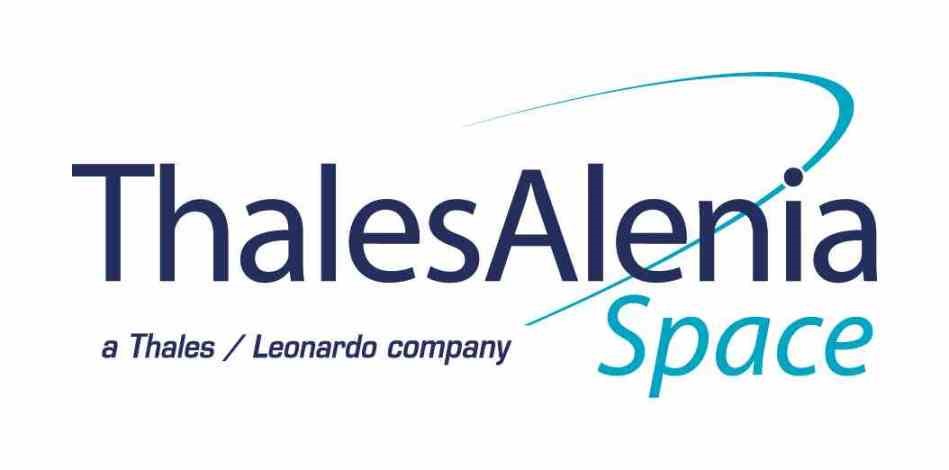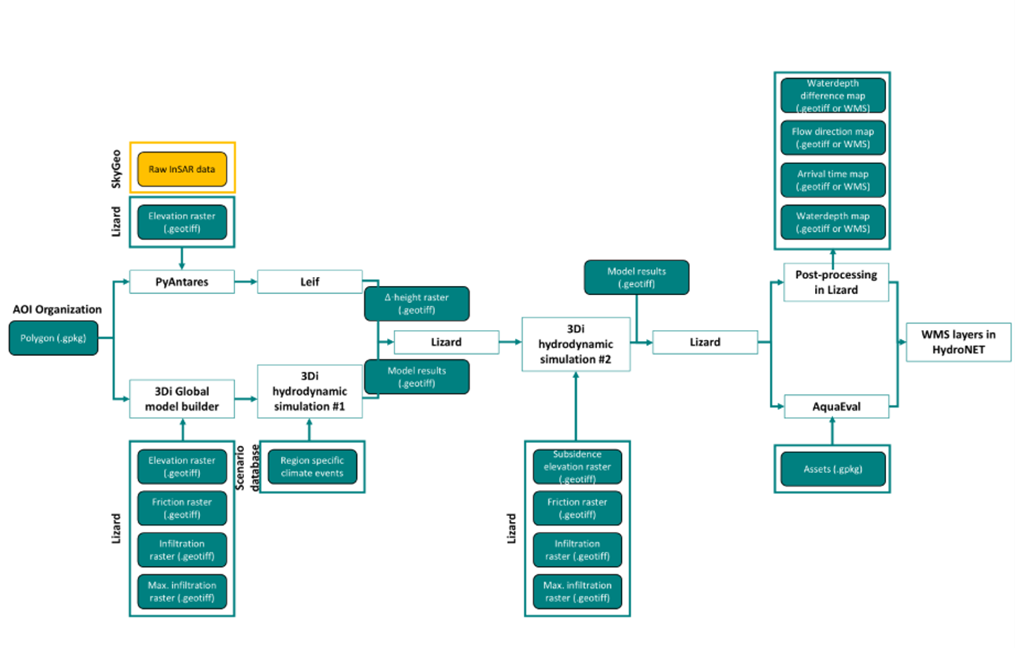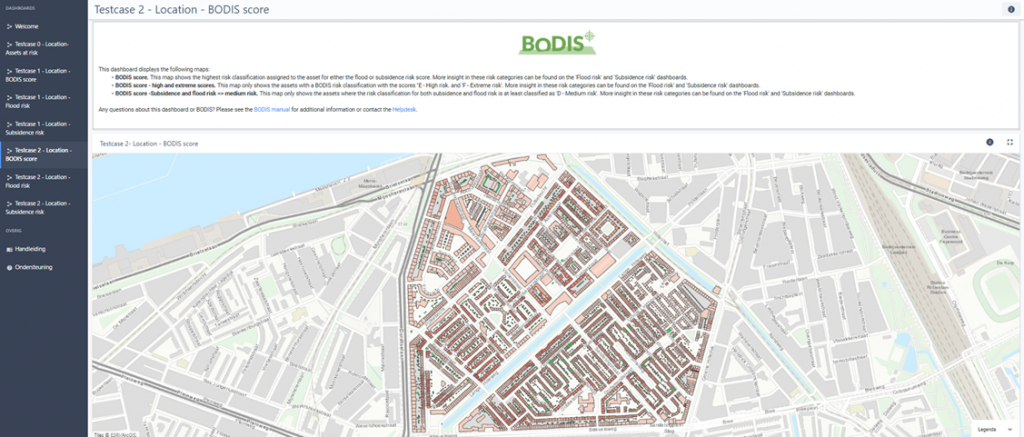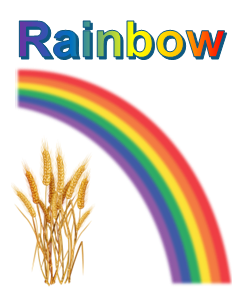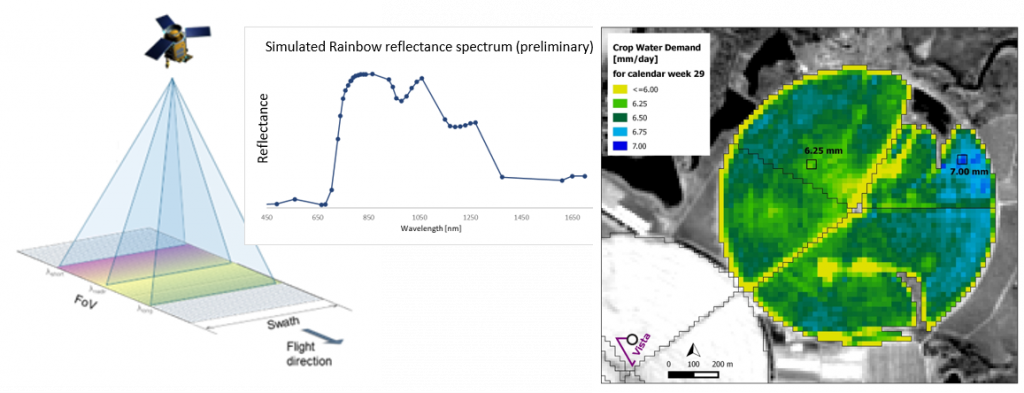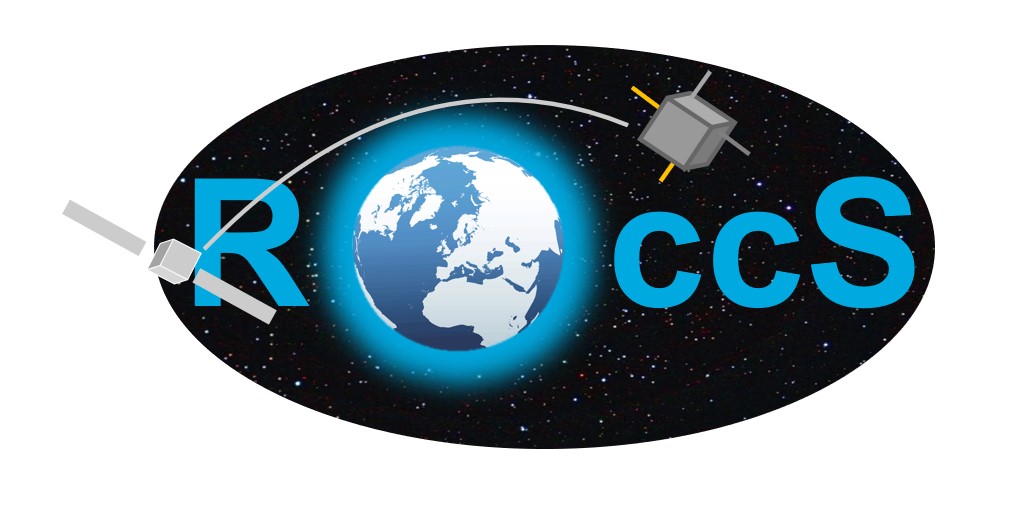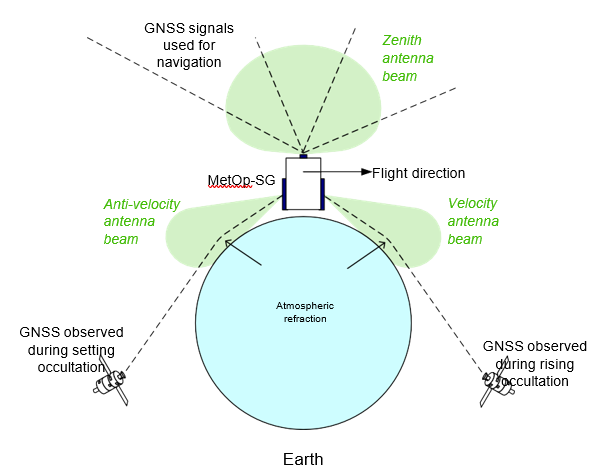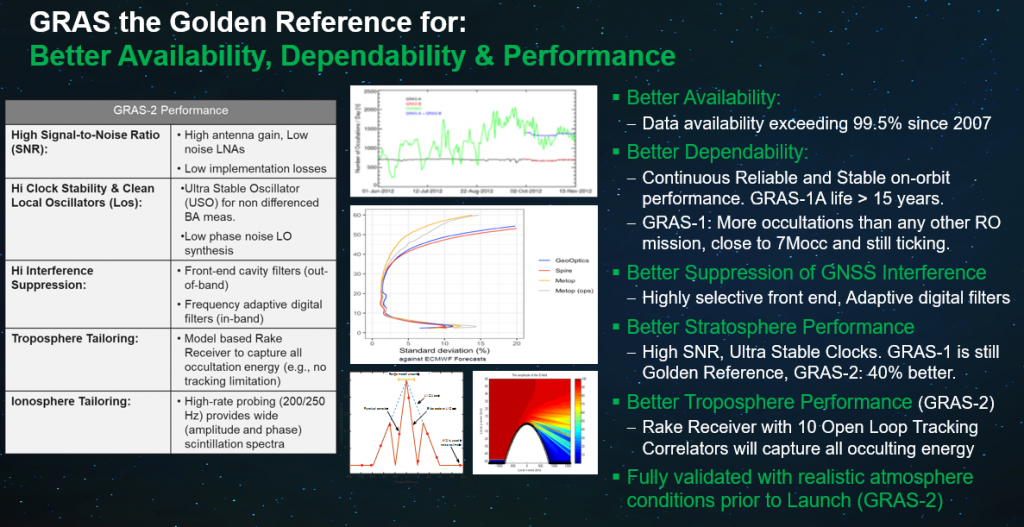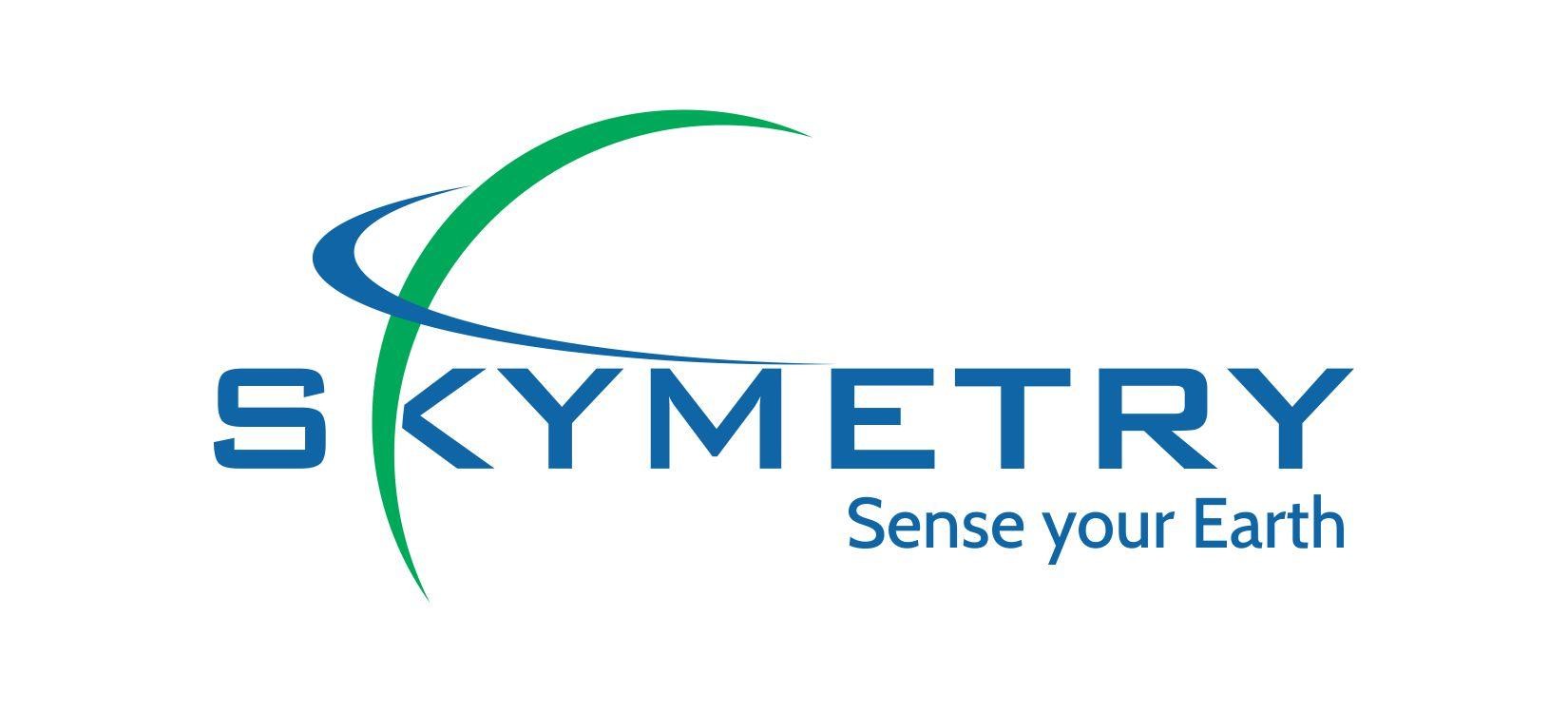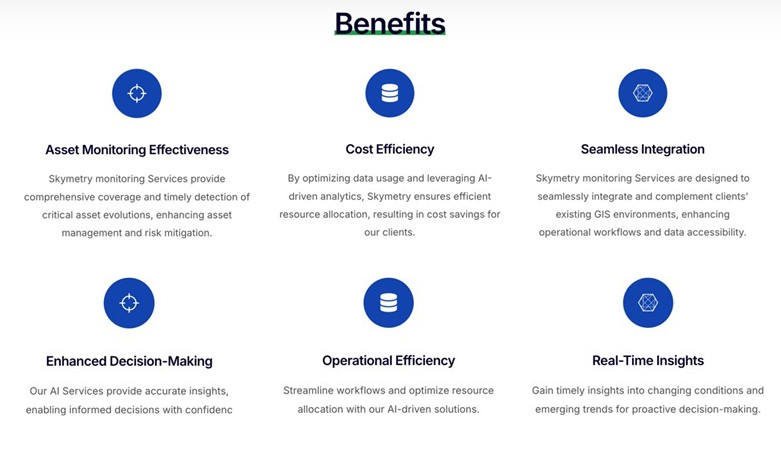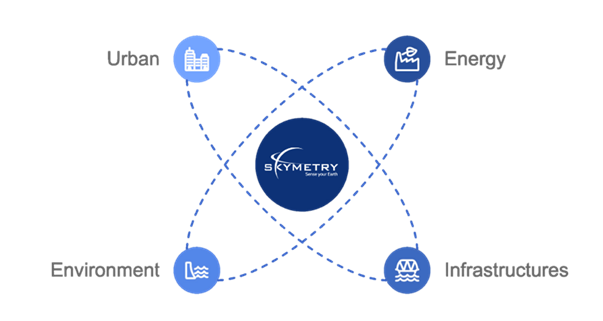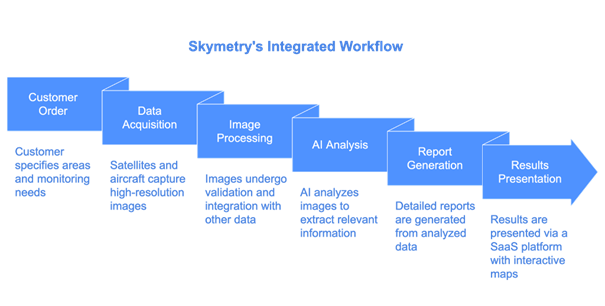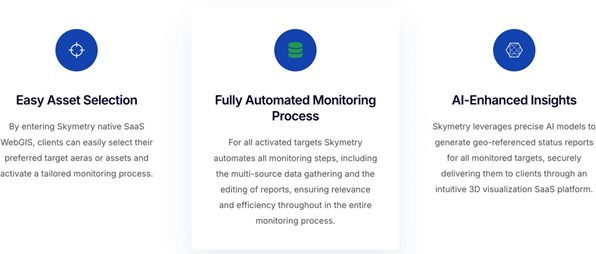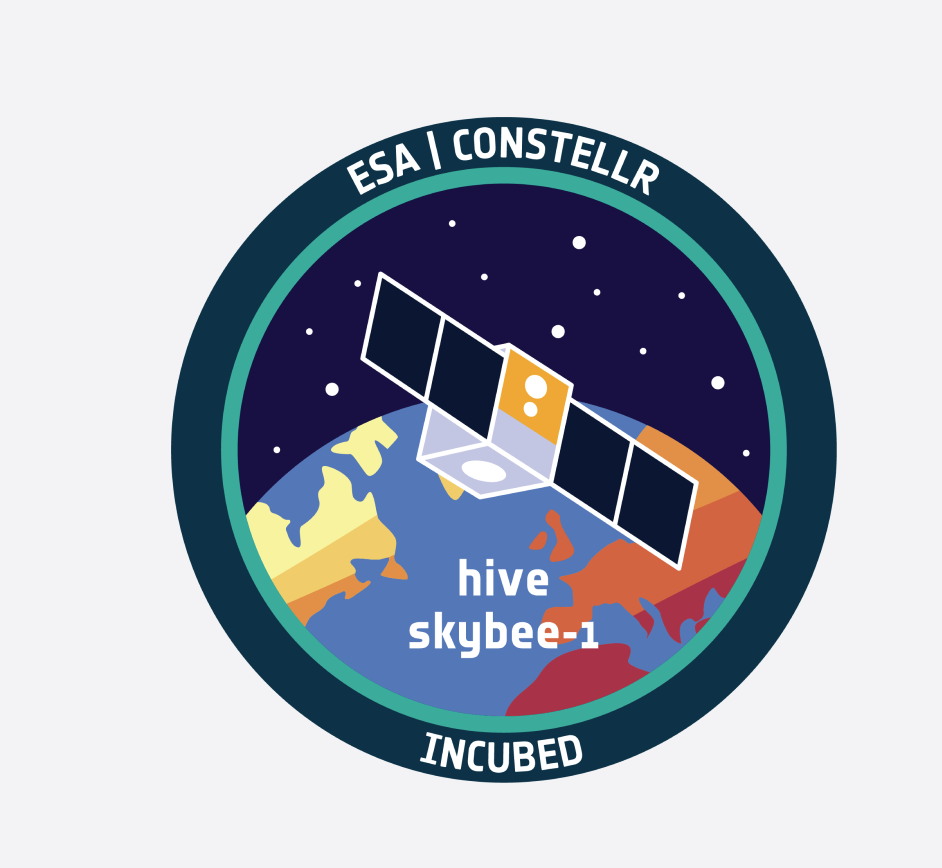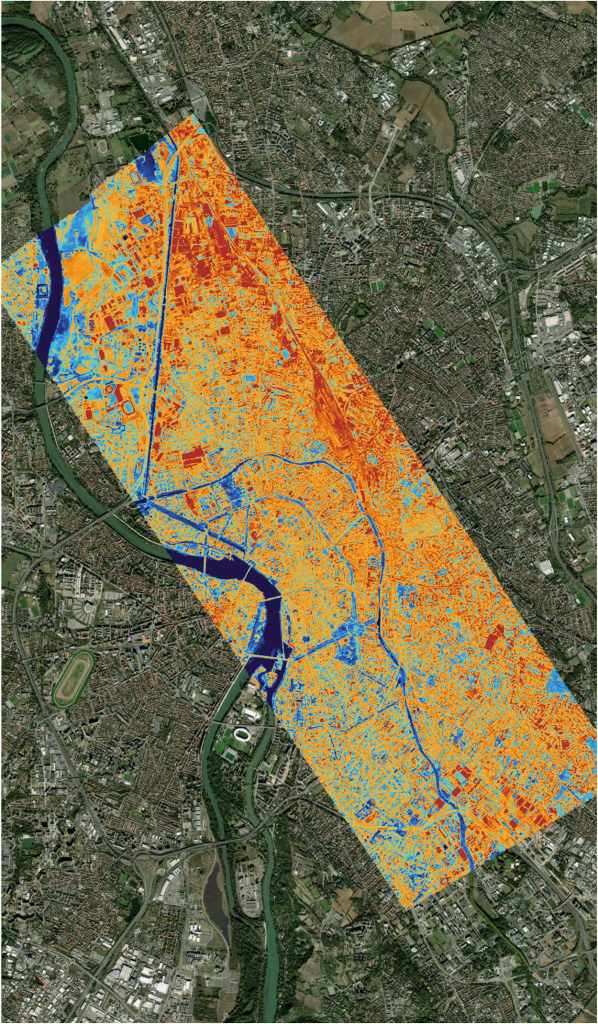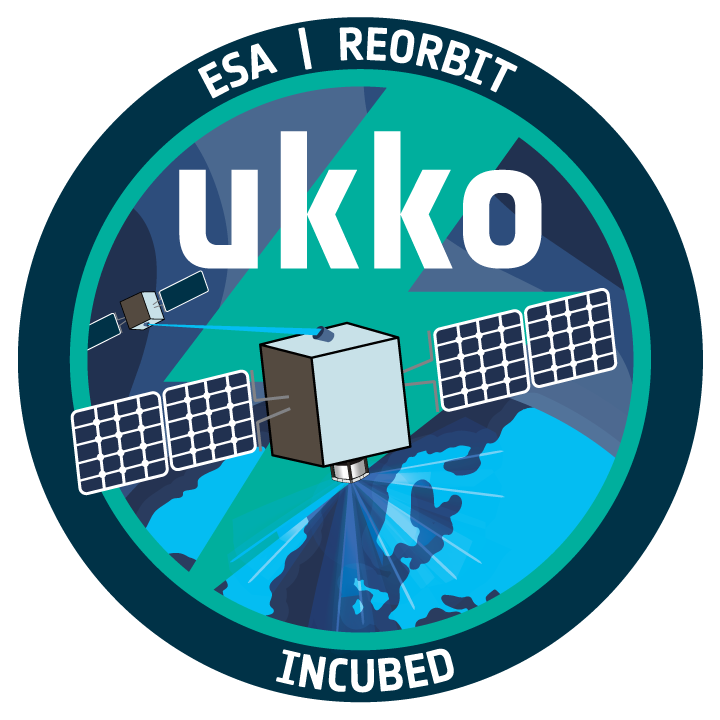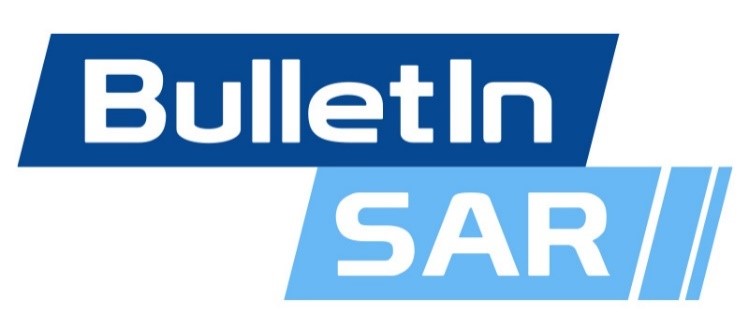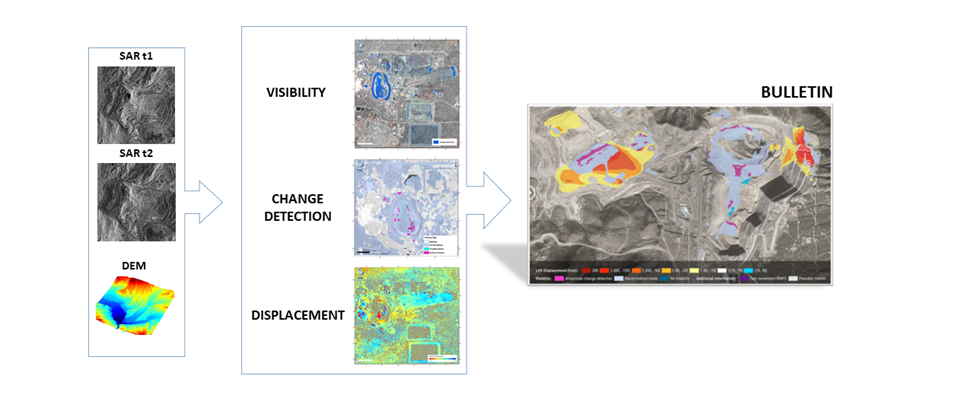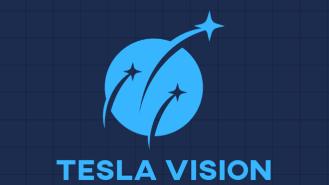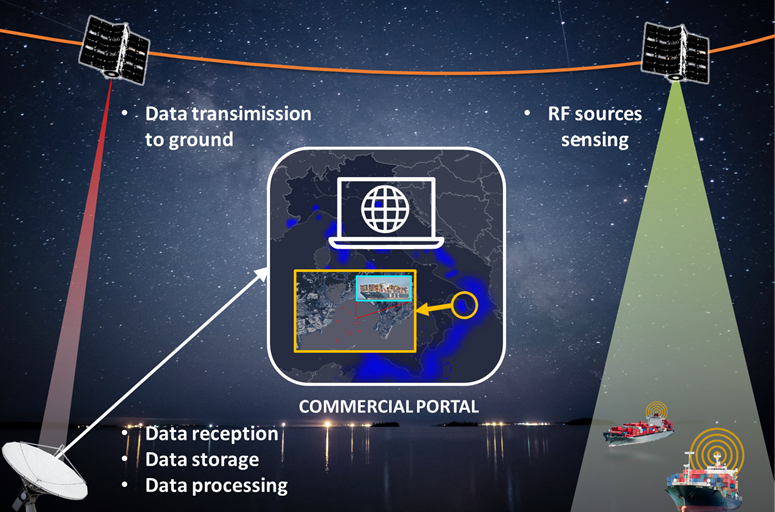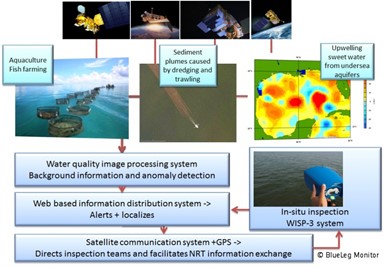Objectives of the Product
The market evolution of SAR-based Earth Observation systems requires an increase of SAR performance in terms of resolution, together with radiometric parameters quality. Based on state-of-the-art technologies, this objective would be achieved at satellite level by increasing the SAR antenna area with the consequence of increasing the spacecraft mass and size. In order to avoid an increase of costs and complexity due to this inefficient trend of mass and volume (limiting the access to orbit due to launcher envelope constraints and increasing the complexity of in-orbit maneuvers due to the larger SAR antenna size), it is necessary to develop suitable technologies able to enhance the RF transmitted power density and to achieve better SAR performances without increasing, and possibly reducing, the SAR antenna size and mass. The purpose of the provided solution is to increase the RF transmitted power density, in order to enhance the SAR performance without increasing the antenna size and mass; such objective is achieved by using highest efficiency power amplifier and electronics technologies and studying the thermal drainage solutions that are needed to solve the potential thermal constraints due to the increase of the dissipated power density.
Customers and their Needs
Typical Customer needs are summarised in the table below, where the “Pain” associated to the Need and the “Gain” offered by the HE-R1000 product are also reported.

Target customers/users countries
Institutional entities of worldwide emerging countries not yet able to sustain an autonomous national space policy.
Product Description
EFE Plus is a key element of the active section of the antenna of the HE-R1000 product, an end-to-end Earth Observation System consisting of:
- a Space Segment constituted by one radar satellite composed of the platform and the SAR-based instrument.
- a Radar Ground Segment composed of the Core Ground Segment and the Image Analytics Segment.
The key features of the HE-R1000 product are:
- high revisit time (i.e. multiple data take opportunities per day over the same target), due to its inclined orbit optimised for each specific customer/area of interest;
- agile operation (i.e. high maneuverability for image acquisitions and for repointing to successive images) due to satellite low mass and Attitude and Orbit Control System (AOCS);
- very high resolution granted by the satellite agility and the electronic beam steering of the antenna.
The HE-R1000 product is intended:
- to deliver Earth Reconnaissance radar imagery in the X-band spectrum;
- to be used for detection, recognition, identification of objects of interest and detection of changes, with the capability to answer the needs from Defense/Security Users and Civil Users;
- to be procured/owned/operated by the customer requiring sovereignty over system ownership and in-service operations.

Added Value
Distinctive features of the HE-R1000 product:
- images with very high resolution and sensitivity (capability enhanced by EFE Plus)
- low mass and volume to be compatible with low costs for the single satellite launch and to allow multiple launches for deploying a constellation (mass and volume not impacted by EFE Plus)
- through specific Mini-Control Momentum Gyro included in the AOCS, the satellite is agile and capable to frequently acquire images of a selected area/from a selected orbit, solving Regional Emergency Management needs
- data security: the system is equipped with means for protecting TM and TC and with Data Ciphering/Deciphering HW
Current Status
The Kick-Off meeting was held on 9 September 2022. The Preliminary Design Review (PDR) was held on 22 June 2023. The Critical Design Review (CDR) is planned to be held on 7 March 2025.
